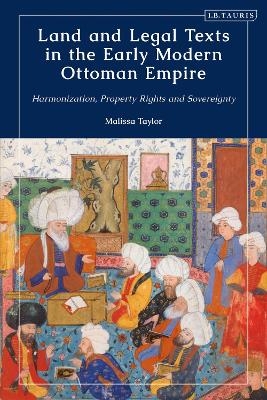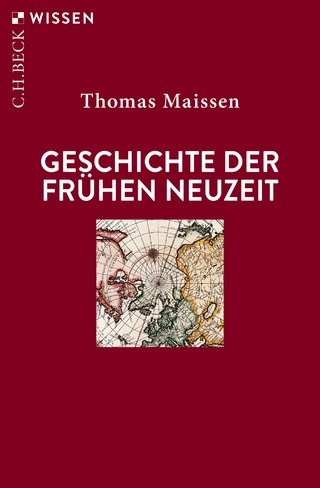
Land and Legal Texts in the Early Modern Ottoman Empire
I.B. Tauris (Verlag)
978-0-7556-4772-9 (ISBN)
- Noch nicht erschienen (ca. Mai 2025)
- Versandkostenfrei innerhalb Deutschlands
- Auch auf Rechnung
- Verfügbarkeit in der Filiale vor Ort prüfen
- Artikel merken
Malissa Taylor is Assistant Professor of Middle Eastern Studies at University of Massachusetts Amherst, USA. Her published articles have appeared in Journal of the Economic and Social History of the Orient and The Journal of Ottoman Studies.
Introduction
Sources
Harmonization and Sovereignty
Property: Bundles and Layers
1. Lifelong tasarruf, Land Tenure Practices, and Law over the longue durée
Ottoman territories and varieties of tenure for the military class
Cultivator Tenure and its legal Systemization
Military fiscal change and land tenure
Land tenure rights trickle up
The Old and the New
2. Conquering a New Terrain: Establishing the Sultan’s Legislative Authority
Texts and Contexts
“Preserved in the Bayt al-Mal”: Acquiring Land for the Treasury
“Neither Tithe nor Kharaji”: The Status of the Land for Transaction and Tax
Building a coherent law
Conclusion
3. Canonical Voices: Discretion and analogy in the formation of the harmony tradition of land tenure
Contexts of the Text
Pir Mehmed and Sultanic Latitude
The Formation of a Tradition: Deferential and not so Deferential
Interpretation
Conclusion
4. “The Books of Fiqh”: The Kanunname of Candia and the Consolidation of a New Doctrine in Hanafi Academic Texts
Harmony at a crossroads
The Kanunname of Candia as critique: Reinstituting the Hanafism of the “books”
The Sultan as Legislator: texts, commentaries and fatwas
The Change in Doctrine: the sultan has a choice
Conclusion
5. The Age of the Mutasarrifs: Diffusion, Rights, and Discretion in the Eighteenth Century
Background
Convergence
Expansive Transactions: Permission and Analogism
Conclusion
6. From Harmony to Uniformity: Defensive Sovereignty and the Ottoman Nineteenth-Century Reforms
Miri Tasarruf: Stability in a sea of change
Creating a Normal Subject
Codifying Islamic Law
Defending Islam: From “built on the kanun” to “built on the fiqh”
Conclusion
Conclusion
Bibliography
| Erscheint lt. Verlag | 29.5.2025 |
|---|---|
| Reihe/Serie | The Ottoman Empire and the World |
| Sprache | englisch |
| Maße | 156 x 234 mm |
| Themenwelt | Geschichte ► Allgemeine Geschichte ► Neuzeit (bis 1918) |
| Geisteswissenschaften ► Geschichte ► Regional- / Ländergeschichte | |
| Recht / Steuern ► Allgemeines / Lexika | |
| Recht / Steuern ► EU / Internationales Recht | |
| Sozialwissenschaften ► Soziologie ► Spezielle Soziologien | |
| ISBN-10 | 0-7556-4772-6 / 0755647726 |
| ISBN-13 | 978-0-7556-4772-9 / 9780755647729 |
| Zustand | Neuware |
| Haben Sie eine Frage zum Produkt? |
aus dem Bereich


